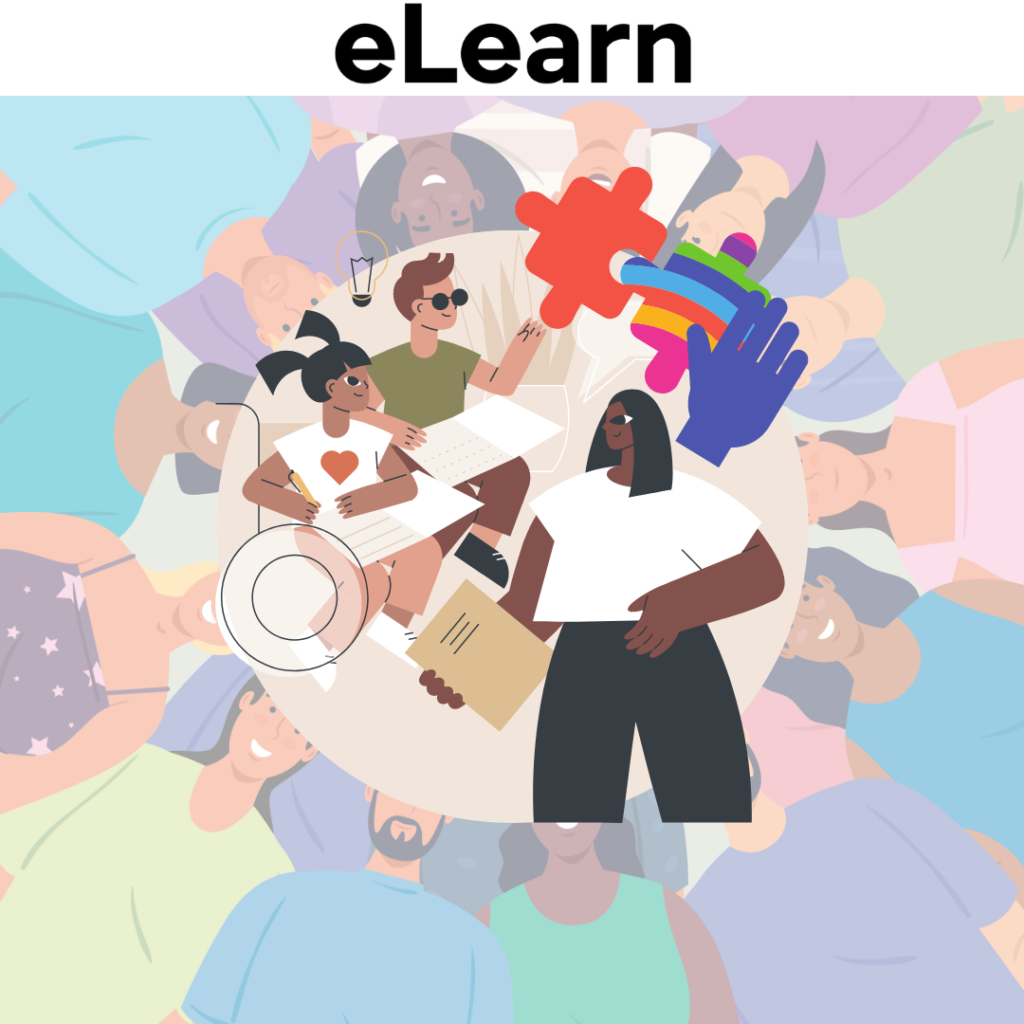Creating a safe environment for your employees is of utmost importance. Though you have a diverse and inclusive workplace, it doesn’t mean that problems can’t occur. This is why you must implement education on acceptance and respect throughout training. Through online training, your employees can complete courses on workplace inclusion. Here is how you can use eLearning tools to establish appreciation and maturity towards diversity and inclusion in your workplace.
№1. Represent through Models
Courses should have a variety of individuals presenting topics, ideas and information. Representation is one of the most vital factors needed for diversity and inclusion. If the presenters and speakers in eLearning courses are primarily one race, gender, or other similar identity, it will remove the purpose of the messages. Even though you may not be the one in charge of creating the courses, contact corporate and those in higher power if there is lack of representation in the eLearning. You want your training to reflect your workplace, making your employees feel heard and represented.
№2. Account for as many diverse backgrounds as possible
It’s easy to assume that because a group of people work at the same place, that they all have similar backgrounds. This assumption causes eLearning courses to become biased. Courses should include scenarios and circumstances about all types of employees. You can use eLearning to educate your workplace about unique backgrounds, lifestyles, and cultures. For example, you can list how income, resources, and living situations impact an individual. “When designing training courses, keep the range of backgrounds in mind. This will help employees develop a better respect and understanding with each other, which is an asset in your workplace,” concludes Joshua Roy, writer at State Of Writing and Oxessays.
№3. Encourage and embrace different forms of feedback
There is always room for improvement, so updating eLearning courses after receiving feedback is a wonderful idea. If the courses aren’t effective or representative enough, you need to make necessary changes. Hearing feedback from employees will help increase the benefits of eLearning. They can give you their thoughts and suggestions on how to make this type of training have more positive changes on the diversity of your workplace. Contact corporate, HR, and others involved in eLearning courses when feedback is received to further strengthen the integrity of courses.
№4. Check on employees’ soft skills and other ingredients for an inclusive workplace
Not all employees are physically, mentally, or possibly able to complete tasks the same exact way. Those with disabilities, different skill sets, and functioning need specialized training and adaptations. This reality must be reflected during the eLearning courses of your workplace. Maybe you have an employee who is blind, has a speech impediment, ADHD, or other disability. Don’t let their disability be a disadvantage in the workplace. Include awareness to those with disabilities and conclude why their part in the working environment is just as valuable. Throughout all employee training, make adaptations to suit individual needs so everyone can benefit from it. “Having a disability doesn’t mean an employee has no potential. By including representation for employees with unique abilities and skill sets, you can raise diversity levels,” shares Trina Cross, journalist at Paperfellows and Writing Services.
№5. Adopt a ‘Language Barrier-Proof’ work environment
Developing a diverse and inclusive workplace means that any language barriers must be removed. You will have employees that don’t speak English as their first language. This circumstance should be celebrated instead of stressed about. Often, employers will dismiss employees who struggle to understand instruction. Through incorporating language courses, and simplified versions in eLearning, employees can thrive despite differences in communication. Even if your employees can learn simple phrases in the first languages their fellow employees speak, it will help establish stronger teamwork. Multilingual courses are an essential part of eLearning training when it comes to removing language barriers.
TO SUM UP: Why inclusivity is important
Without the promotion of inclusivity in a workplace, employees will feel silenced and disrespected. Though you have a range of unique, talented individuals on your team, inclusivity still has to be established. Via eLearning, other training methods, and core values, you can work towards creating a safe, diverse environment. High inclusivity levels make employees more productive, likely to stay longer, and overall enjoy their jobs. Online tools will be one of the best ways you can start developing a more accepting, positive workplace.
Writer Madeline Miller works at both Type My Essay and Literature Review Help. Madeline writes about eLearning courses and is also a blogger at Boom Essays.







